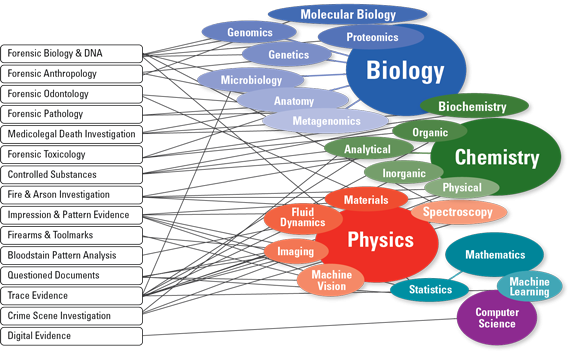Exhibit 1: Most Common Forensic Disciplines
From the article Iris R. Wagstaff ; Gerald LaPorte, "The Importance of Diversity and Inclusion in the Forensic Sciences," March 8, 2018.
Forensic science is the application of scientific principles and methods to matters of law and comprises a broad array of science, math, and engineering disciplines. Forensic scientists typically obtain a bachelor's or master's degree in chemistry, biology, physics, or computer science and then specialize in a specific area of study, such as toxicology, pathology, or DNA. These broad scientific disciplines give rise to many forensic subdisciplines that require specialized training and expertise.
Exhibit 1 shows these subdisciplines: Forensic biology and DNA; forensic anthropology; forensic odontology; forensic pathology; medicolegal death investigation; forensic toxicology; controlled substances; fire and arson investigation; impression and pattern evidence; firearms and toolmarks; bloodstain pattern analysis; questioned documents; trace evidence; crime scene investigation; and digital evidence.


